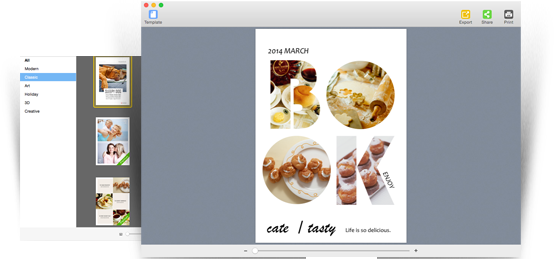

This work, too, has won several awards, most notably from the Kent Art Association in Connecticut.Įxamples of David Klein’s early and later watercolors are in the permanent collection of the Department of Interior’s Museum.

and in Europe and features rural, natural scenes as well as architectural studies of buildings in Europe, particularly Venice. His work of this later period is the result of his travels in the U.S. Klein worked commercially almost until the end of his life, in his 70s, he returned to his artistic roots, focusing his creative energies on watercolor paintings. He illustrated numerous books for Macmillan Publishing, Time/Life Books and did numerous covers for Today’s Living Magazine published by the Herald Tribune.ĭavid Klein also created poster and advertising artwork for several films, most notably Barry Lyndon, The Island of Dr. Other advertising clients during David Klein’s career included: US Rubber (Keds, Naugahyde), the American Journal of Nursing, Singer Sewing Company, and Bibb (designing bed sheets).

#Posterist definition series#
In 2000, the Internet travel company, Orbitz, contacted David and hired him to produce a series of posters that called to mind the early and iconic Jet Age posters done some 50 years earlier by Mr. These clients include Amtrak, Cunard, and Holland American Cruises. So successful were they that the bank produced sets of these animal prints which were sold, suitable for framing, at its many New York branches.ĭavid Klein worked on several other travel poster campaigns throughout his career. The bank used these images in numerous displays, signs and campaigns during that period.

Klein used overlays of transparent colored acetate to create a series of animal prints made from geometric shapes. In 1967, David’s cutting edge work for First National City Bank of New York (later Citibank) won a Printing Industries of American National Graphics Award as well as an award from the Society of Illustrators. David won many other awards during the 1960s for his TWA work (his Los Angeles, Rome and Paris Posters in particular) from travel, advertising, and illustration and design organizations. They defined the Jet Set style and have become iconic.ĭavid won numerous awards for Excellence from the Society of Illustrators for his TWA work, including his Philadelphia, Boston, Switzerland, and Africa poster art. These works are much imitated and to this day define the excitement and enthusiasm of the early years of post-war air travel. In 1957 a TWA poster of New York City became part of the permanent collection of the MoMA (Museum of Modern Art) in New York. During the 1950s and 1960s, David Klein designed and illustrated dozens of posters for Howard Hughes’ Trans World Airlines (TWA).ĭavid’s use of bright colors depicting famous landmarks in an abstract style defined the state of poster art of the period. This body of work remains one of the enduring hallmarks of this golden age of Broadway.ĭavid Klein is best known, however, for his influential work in the field of travel advertising. David’s poster/window cards from this period include: Death of a Salesman, Brigadoon, Most Happy Fella, The Music Man, and Cat on a Hot Tin Roof. Before long, David became the illustrator of choice for many of Broadway’s best-known shows of the period. In 1947, David Klein worked as an art director at Clifford Strohl Associates, a theatrical advertising agency. Klein’s works, some of which have been exhibited at the Smithsonian in Washington D.C.Īfter the war, David Klein moved to New York and settled in Brooklyn Heights, where he would live for the next 60 years. Army and in 1953, in conjunction with the Society of Illustrators, (of which David Klein was a long-time member), the Air Force Art Program was formed. Air Force received some 800 works of art from the U.S. They painted directly with little or no preliminary pencil drawings, and used paper as a ‘color’ in a new and creative way.ĭuring that period, David Klein displayed his work regionally, most notably at the 1940 Golden Gate International Exposition.ĭavid served in the army during the Second World War, where he illustrated numerous army manuals. This group of artists often chose to paint watercolors depicting scenes of everyday life in the cities and suburbs of California. He moved to California where he attended the Art Center School in Los Angeles.ĭuring the 1930s, he was an active member of the California Watercolor Society. He designed several different series for TWA, ranging from early work that was realistic to later work that was cartoon-like in style.ĭavid Klein was born in El Paso, Texas in February of 1918. Back to the Artist Page David Klein Biographyĭavid Klein was an immensely prolific travel posterist who worked primarily for TWA and produced dozens of posters for the now-defunct global carrier.


 0 kommentar(er)
0 kommentar(er)
